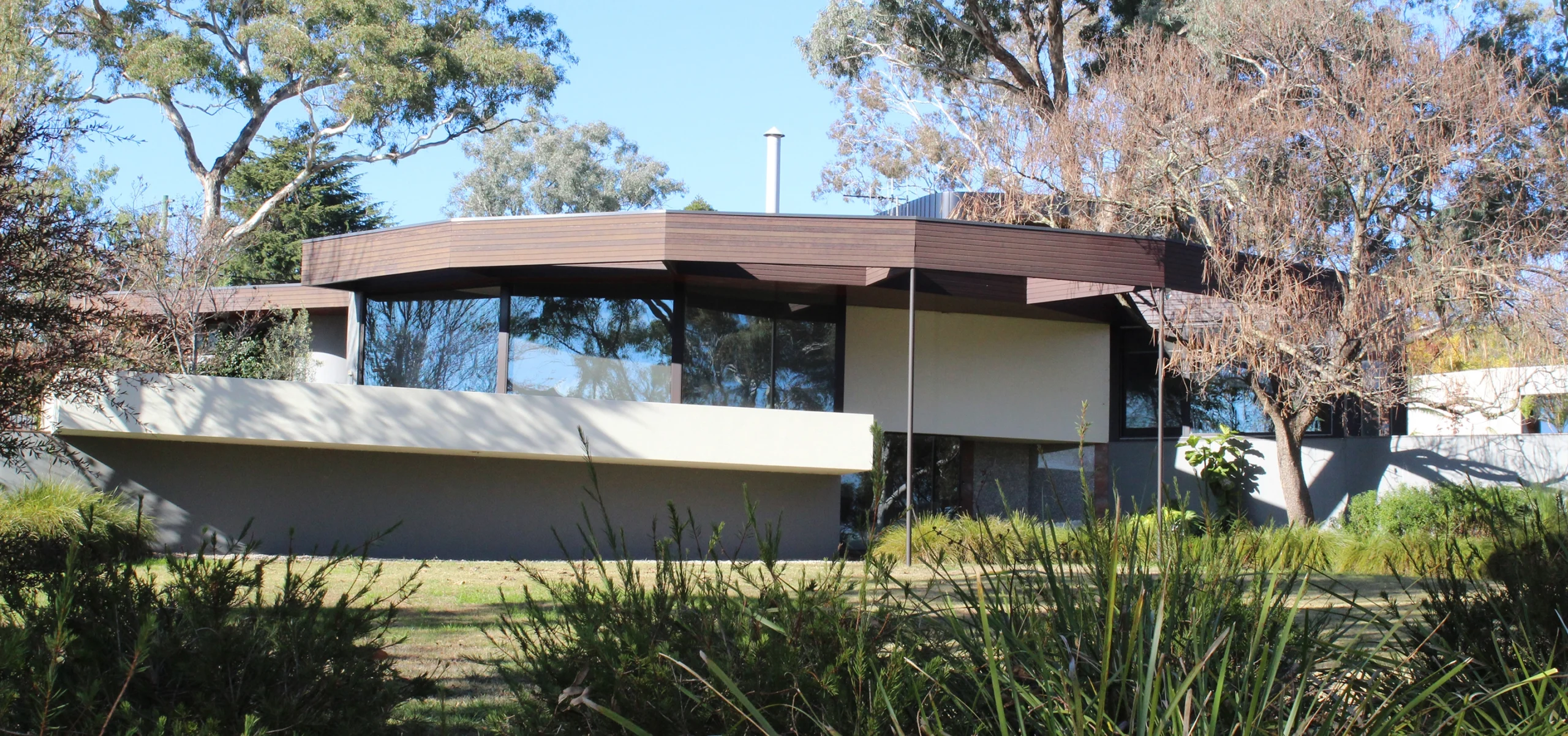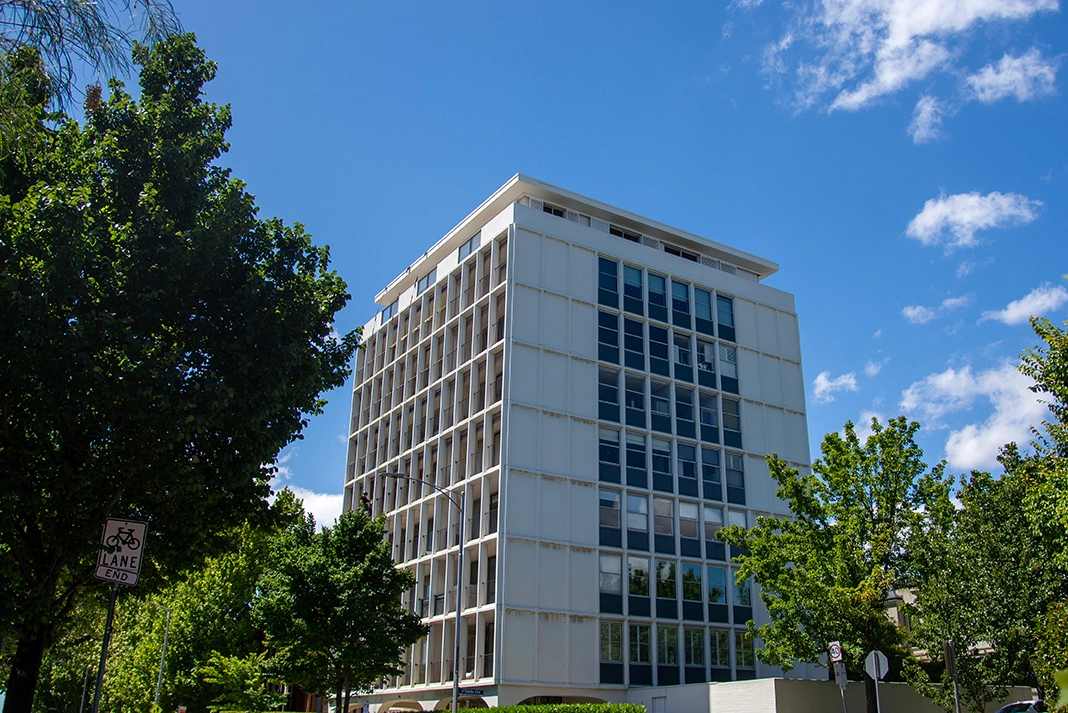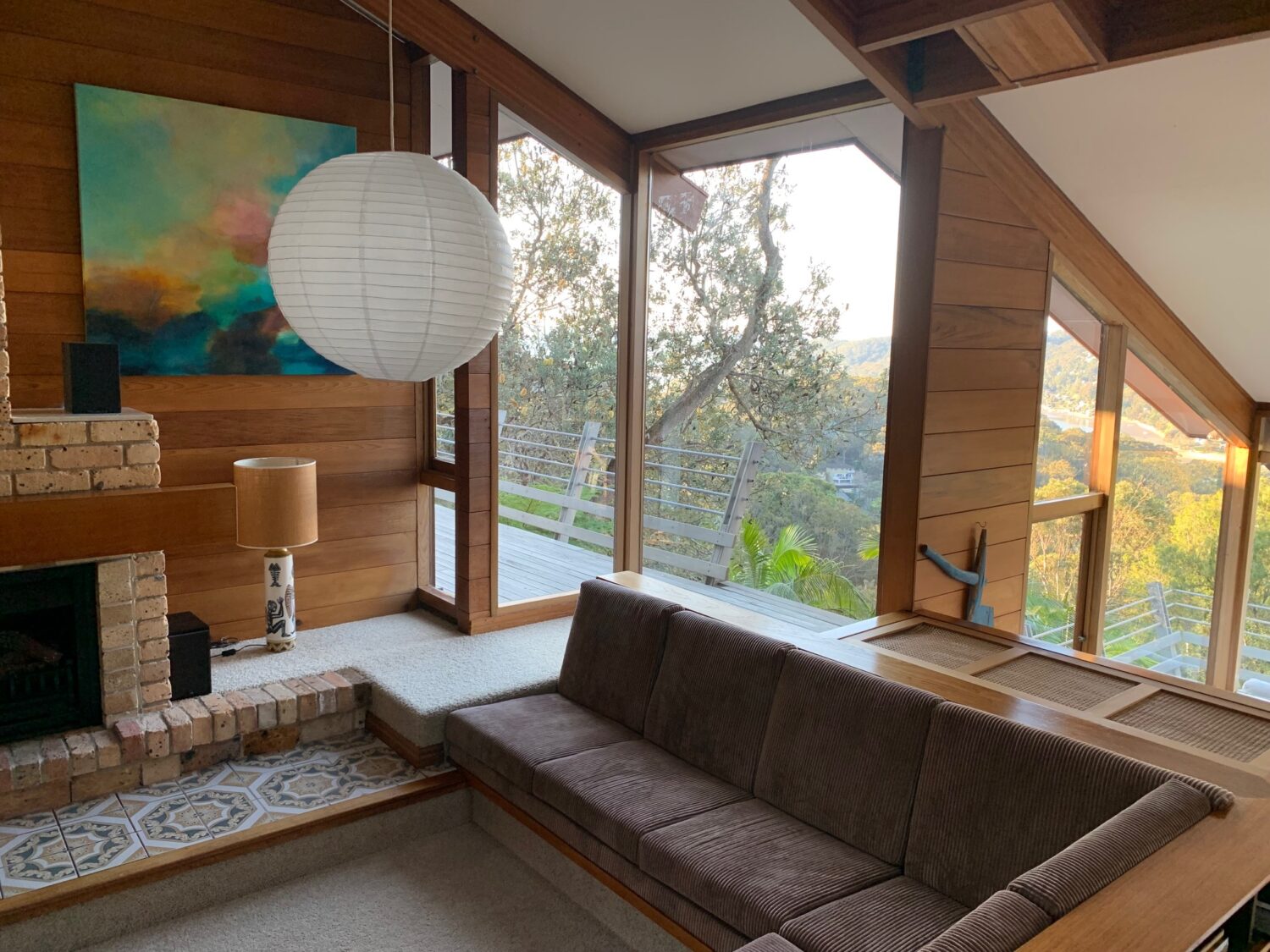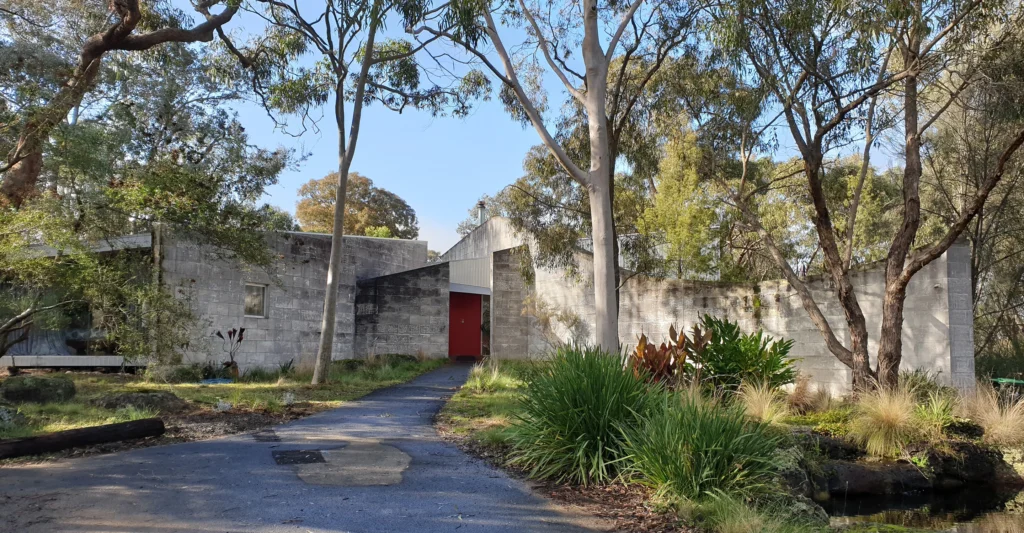
Celebrating the legacy of 20th-century modern architecture
Photo: The Benjamin Residence, designed by Alex Jelinek, 1956.
Appreciation for twentieth-century modern architecture has surged, highlighting the need to preserve these culturally and historically significant mid-century Modernist gems.
Modernist design and architecture are often misunderstood. Modernism was about bold experimentation and challenging conventional norms. It didn’t reject the past but rather saw it as an archive of possibilities from which to shape a new world.
In recent years, the recognition and understanding of twentieth-century modern architecture have grown significantly. The cultural and historical value of mid-century modernist buildings is a significant part of our heritage. Many modern buildings are not heritage listed and are vulnerable to demolition and development pressures, prompting calls for stronger protections.
Many communities and organisations are focussed on modern movement buildings and places. They are variously engaged in advocacy and raising awareness about this important part of Australia’s design history. This has resulted in more concerted efforts to identify, assess and formally list modernist places. The MLC Building in North Sydney, a landmark modernist skyscraper designed by Bates, Smart & McCutcheon, was under threat of demolition recently but has now been added to the State Heritage Register in recognition of its heritage value to the people of NSW.
Local councils are also increasingly recognising the contribution of modernist buildings within their suburbs. A Modern Architecture Study is currently being undertaken by Northern Beaches Council. The study seeks to uncover notable modernist and mid-century modern structures in the area.
In addition, the City of Sydney Council engaged GML to undertake a targeted heritage study of 18 modernist residential flat buildings located within the Potts Point and Elizabeth and Rushcutters Bays Heritage Conservation Areas. Representing innovations in planning and materials, the study included some of the most renowned modernist apartment designs of the period.

Fairlie Flats in South Yarra, Victoria.
Local heritage studies are playing an important role in identifying and raising awareness of the significance of mid-century modernism.
GML has completed other similar projects recently including the South Yarra Heritage Review and the Thematic Heritage Study of Modernist Houses in the ACT. Each study has played an important role in identifying and raising awareness of the significance of mid-century modernism.
At GML, our work is grounded in documentary research, combined with a deep understanding of architectural and planning history. This approach ensures that assessments are evidence-based and provide comprehensive insights into the architects, design philosophies and social changes that have shaped these significant places across our cities and suburbs.

Holt House in Avalon on Sydney’s Northern Beaches. Photo: GML Heritage




